Churches Slovenia
Religious tourism invites travelers to discover sacred sites, spiritual experiences, and cultural heritage that inspire the soul. Whether you seek pilgrimage journeys, church tours, or sacred festivals, religious tourism offers unforgettable insights into faith and tradition.
Discover historical sanctuaries, holy places, and unique religious monuments that showcase centuries of devotion and artistry. Our platform helps you easily explore the world of religious tourism with safe and fast online booking. Guided religious tours provide fascinating stories about rituals, architecture, and local customs.
You can compare itineraries, read traveler reviews, and customize your pilgrimage or sightseeing tour according to your interests. Plan your visit to sacred sites, join spiritual retreats, or participate in religious festivals for an authentic cultural experience. Book your religious tourism adventure today and experience a meaningful journey that connects culture, history, and spirituality.
Churches Slovenia FAQ
Discover the best selection of hotels, apartments, and villas with pools in Slovenia – perfect for your next getaway. Explore top-rated accommodation options, from holiday homes to campsites and mobile homes, all in one place!
Looking for a destination that combines stunning nature, rich culture, and exciting activities? Slovenia is the hidden gem of Central Europe, offering a perfect mix of comfort, adventure, and relaxation. Whether you're planning a romantic escape or a family vacation, you'll find a wide range of hotels, cozy apartments, traditional holiday homes, and luxurious villas with pools that meet every travel style and budget.
For nature lovers and outdoor enthusiasts, Slovenia is paradise. From hiking in Triglav National Park to kayaking on Lake Bled, the list of things to do is endless. Families will love the scenic tourist resorts near lakes and mountains, while couples can enjoy peaceful retreats in countryside holiday houses...
Tourist offers Slovenia
Gastronomy Slovenia
Health Tourism Slovenia
Active Tourism Slovenia
Culture Tourism Slovenia
Nightlife Slovenia
Transfers Slovenia
Events and entertainment Slovenia
Excursions Slovenia
Hotels in Slovenia
Private accommodations in Slovenia
Tourist resorts in Slovenia
Holiday houses in Slovenia
Villas with Pool in Slovenia
Camps, mobile homes in Slovenia
Boat rental in Slovenia
Farm holidays in Slovenia
Hostel in Slovenia
Churches Slovenia Offer

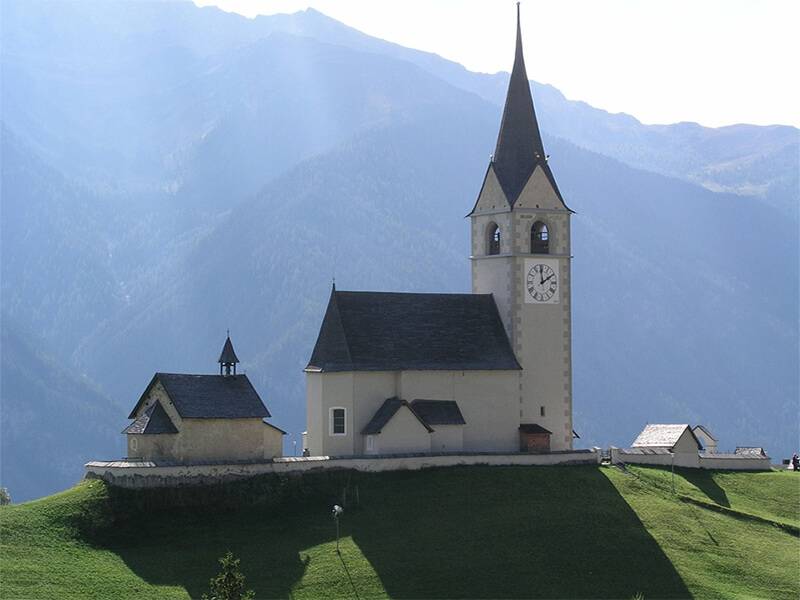
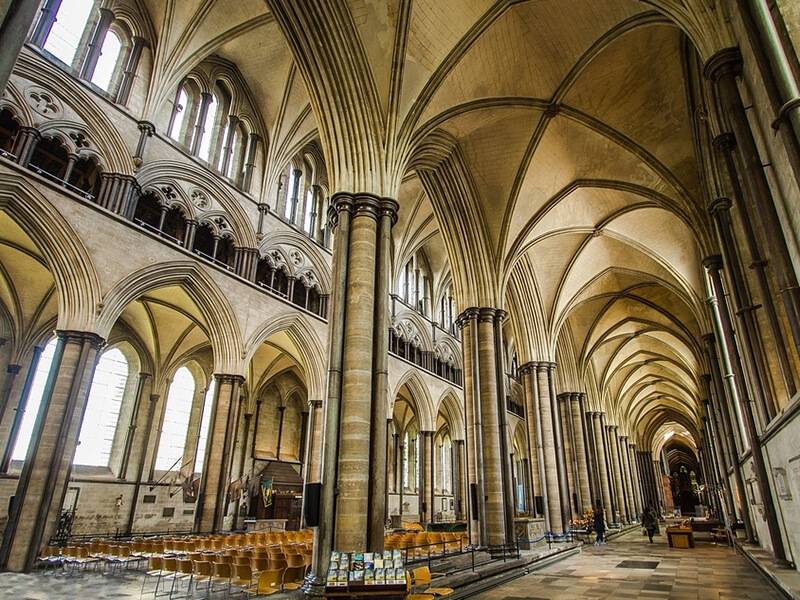
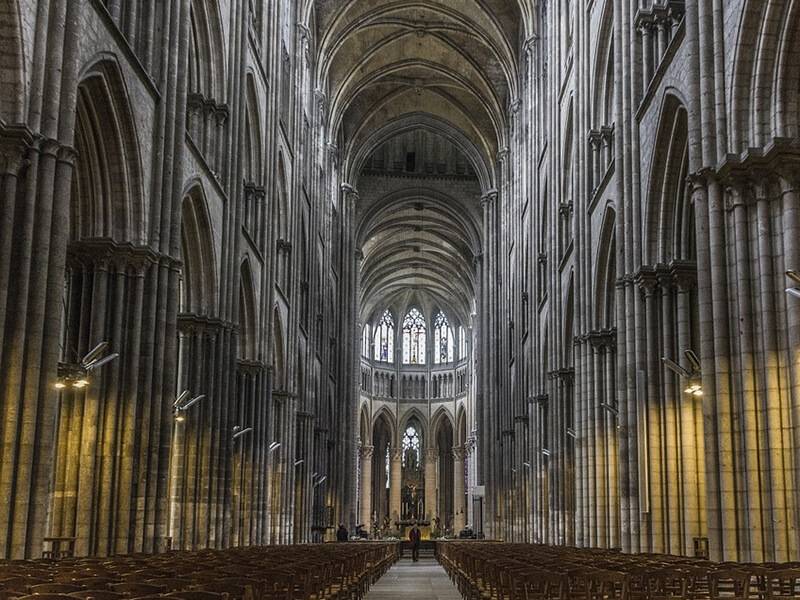
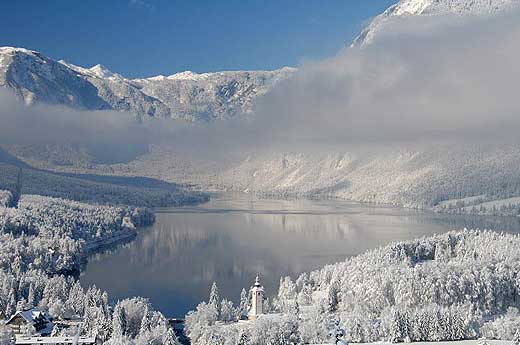






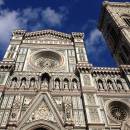











 Professional serivce
Professional serivce Quality tourist service
Quality tourist service 14 years in business
14 years in business A large number of satisfied guests
A large number of satisfied guests